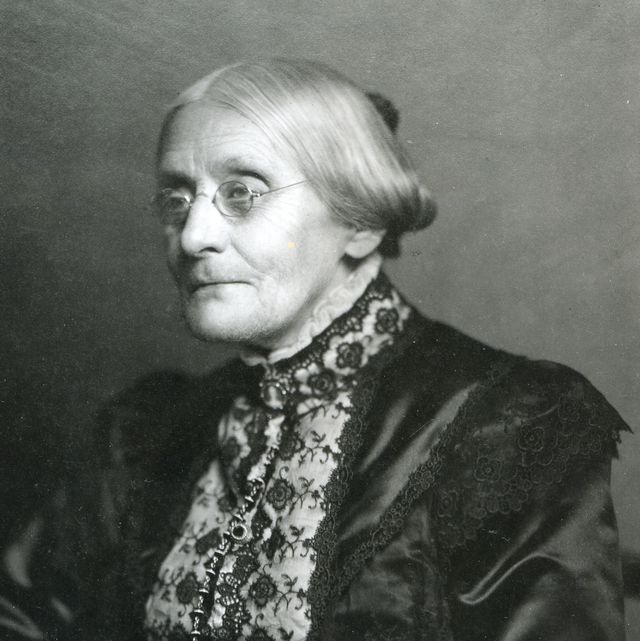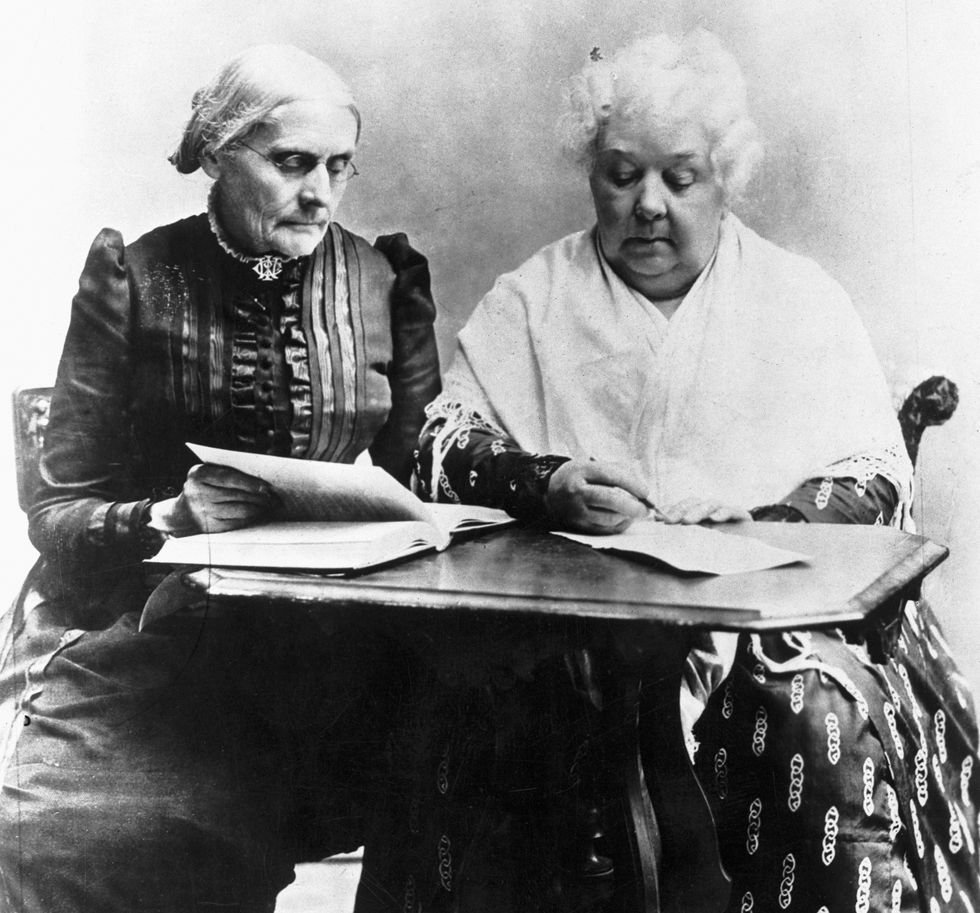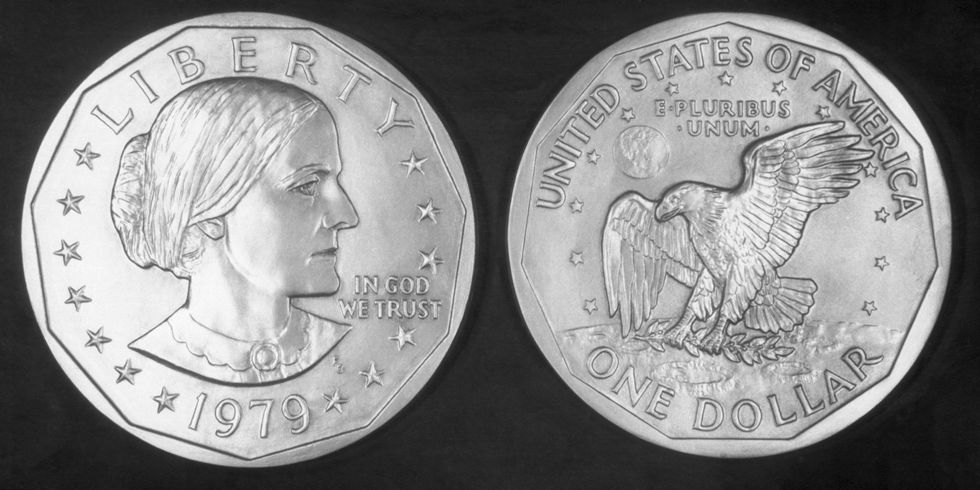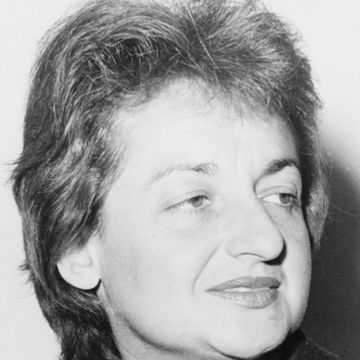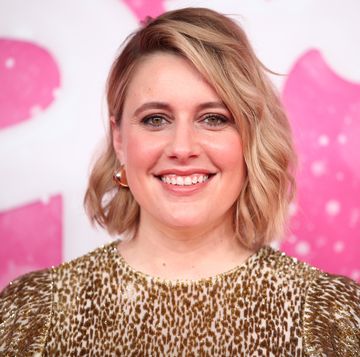1820–1906
Who Was Susan B. Anthony?
Susan B. Anthony was an American writer, lecturer, and abolitionist who was a leading figure in the women’s voting rights movement. Raised in a Quaker household, Anthony went on to work as a teacher. She later partnered with Elizabeth Cady Stanton and would eventually lead the National American Woman Suffrage Association. The work of Anthony and other suffragists eventually lead to the passage of the 19th Amendment, granting all women the right to vote, in 1920, which 14 years after her death.
Quick Facts
FULL NAME: Susan Brownell Anthony
BORN: February 15, 1820
DIED: March 13, 1906
BIRTHPLACE: Adams, Massachusetts
ASTROLOGICAL SIGN: Aquarius
Early Life
Susan Brownell Anthony was born on February 15, 1820, in Adams, Massachusetts. She was the second oldest of eight children to a local cotton mill owner Daniel Anthony and his wife, Lucy Read Anthony. Only five of Anthony’s siblings lived to be adults. One child was stillborn, and another died at age 2.
Anthony was able to read by age 3 and viewed her parents as loving and supporting of her eagerness to learn. In 1826, the Anthony family moved to Battenville, New York. Around this time, Anthony was sent to study at a Quaker school near Philadelphia.
After her father’s business failed in the late 1830s, Anthony returned home to help her family make ends meet. She found work as a teacher. The Anthonys moved to a farm in the Rochester, New York area, in the mid-1840s.
Growing up in a Quaker family, Anthony developed a strong moral compass early in life. Later, she spent much of her life working on social causes.
Abolitionist Movement
In the 1840s, Anthony’s family became involved in the fight to end slavery, also known as the abolitionist movement. The Anthonys’ Rochester farm served as a meeting place for famed abolitionists, such as Frederick Douglass. Around this time, Anthony became the head of the girls department at Canajoharie Academy, a post she held for two years. She was paid a yearly salary of only $110 (about $4,300 today, according to one estimate).
Years later, in 1856, Anthony became a New York state agent for the American Anti-Slavery Association. She continued to advocate for the end of slavery up until the Civil War.
Temperance Movement
Leaving the Canajoharie Academy in 1849, Anthony soon devoted more of her time to social issues. She was also involved in the temperance movement, aimed at limiting or completely stopping the production and sale of alcohol.
Anthony was inspired to fight for women’s rights while campaigning against alcohol. She was denied a chance to speak at a temperance convention because she was a woman, and later realized that no one would take women in politics seriously unless they had the right to vote.
Susan B. Anthony and Elizabeth Cady Stanton
In 1851, Anthony attended an anti-slavery conference, where she met Elizabeth Cady Stanton. The pair established the Women’s New York State Temperance Society in 1852. Before long, they were fighting for women’s rights, forming the New York State Woman’s Rights Committee. Anthony also started petitions for women to have the right to own property and to vote. She traveled extensively, campaigning on the behalf of women.
After the Civil War was over and slavery was abolished nationwide, Anthony began focusing more on women’s rights. She and Stanton established the American Equal Rights Association in 1866, calling for the same rights to be granted to all regardless of race or sex. In 1868, Anthony and Stanton also created and began producing The Revolution, a weekly publication that lobbied for women’s rights. The newspaper’s motto was “Men their rights, and nothing more; women their rights, and nothing less.”
Women’s Right to Vote
In 1869, Anthony and Stanton founded the National Woman Suffrage Association. Anthony was tireless in her efforts, giving speeches around the country to convince others to support a woman’s right to vote.
She even took matters into her own hands in 1872, when she voted illegally in the presidential election. Anthony was arrested for the crime, and she unsuccessfully fought the charges; she was fined $100, which she never paid.
Anthony’s vote was a challenge to section one of the 14th Amendment to the U.S. Constitution, which stated, “No State shall make or enforce any law which shall abridge the privileges of immunities of citizen of the United States.” The amendment, enacted in 1868, faced opposition from feminists because it only guaranteed men the right to vote.
Anthony also opposed the 15th Amendment, which granted Black men the right to vote in 1870. She argued that any amendment that did not grant women’s suffrage was unacceptable. In an 1869 meeting of the American Equal Rights Association, Anthony said, “If intelligence, justice, and morality are to have precedence in the government, let the question of women be brought up first.” Her sentiment is a quintessential example of the rift that formed in the women’s movement at this time. As a result, Anthony and Stanton’s American Equal Rights Associated disbanded.
Even in her later years, Anthony never gave up on her fight for women’s suffrage. In 1905, she met with President Theodore Roosevelt in Washington, D.C., to lobby for an amendment to give women the right to vote. However, it wasn’t until 14 years after Anthony’s death that the 19th Amendment passed in 1920 to give all women the right to vote.
Susan B. Anthony and Clara Barton
Another cause that Anthony backed was nursing reform. It was the result of her friendship with Clara Barton, the founder of the American Red Cross and a fellow suffragist. Anthony and Barton met frequently, and the two spoke on behalf of each other’s causes. Anthony delivered the keynote address at the 1902 New York State Nurses Convention, advocating for standardized training for all nurses. The Nurses Practice Act was passed in 1903.
Books
In the early 1880s, Anthony published the first volume of History of Woman Suffrage, a project that she co-edited with Stanton, Ida Husted Harper, and Matilda Joslin Gage. Several more volumes would follow.
Harper also helped Anthony to record her own story, which resulted in the 1898 work The Life and Work of Susan B. Anthony: A Story of the Evolution of the Status of Women.
The Selected Papers of Elizabeth Cady Stanton and Susan B. Anthony, a six-volume collection published by Rutgers University Press, includes letters, diary entries, speeches and articles related to Anthony.
Personal Life
Anthony never married or had children. Because of her dedication to women’s suffrage and other causes, Anthony would be on the road frequently and gave close to 100 speeches per year. Still, she was known as an excellent cook and housekeeper, and her recipe for apple tapioca pudding was featured in the 1870 edition of Jennie June’s American Cookery Book.
Death
Anthony died on March 13, 1906, at the age of 86 at her home in Rochester, New York. Her attending physician said she died of heart disease and pneumonia of both lungs. Anthony had fallen ill on her way home from the National Suffrage Convention in Baltimore.
According to her obituary in The New York Times, shortly before her death, Anthony told friend Anna Shaw, “To think I have had more than 60 years of hard struggle for a little liberty, and then to die without it seems so cruel.”
Museums and Honors
Memorializing Anthony’s life and legacy has included the creation of The Susan B. Anthony Birthplace Museum in Adams, Massachusetts, and The National Susan B. Anthony Museum and House in Rochester, New York. The latter is the site of her 1872 voting arrest and her death. The Susan B. Anthony House was designated as a National Historic Landmark, the highest honor given to a private home, in 1966.
Anthony was enshrined in the National Women’s Hall of Fame in Seneca Falls, New York, in 1973.
Anthony and Cady Stanton were the subject of a 1999 Ken Burns documentary Not For Ourselves Alone: The Story of Elizabeth Cady Stanton and Susan B. Anthony.
Susan B. Anthony Coin
President Jimmy Carter signed the Susan B. Anthony Dollar Coin Act into law in 1978 in recognition of her dedication to social reform. As a result, the U.S. Treasury Department put Anthony’s portrait on dollar coins starting in 1979. She was the first woman to be honored in this way.
The coin, which replaced the Eisenhower Dollar, was minted from 1979 to 1981 and again in 1999. The front features her likeness, while the back shows an American eagle landing on the moon.
Quotes
- I do not demand equal pay for any women save those who do equal work in value. Scorn to be coddled by your employers; make them understand that you are in their service as workers, not as women.
- I have given my life and all I am to it, and now I want my last act to be to give it all I have, to the last cent.
- Woman must have a purse of her own, and how can this be, so long as the wife is denied the right to her individual and joint earnings?
- Here, in the first paragraph of the Declaration, is the assertion of the natural right of all to the ballot; for how can “the consent of the governed” be given, if the right to vote be denied?
- I distrust those people who know so well what God wants them to do to their fellows, because it always coincides with their own desires.
- Are you going to cater to the whims and prejudices of people who have no intelligent knowledge of what they condemn?
- What you should do is to say to outsiders that a Christian has neither more nor less rights in our association than an atheist.
- When our platform becomes too narrow for people of all creeds and of no creeds, I myself shall not stand upon it.
- You would better educate ten women into the practice of liberal principles than to organize a thousand on a platform of intolerance and bigotry.
- It was we, the people, not we, the white male citizens, nor yet we, the male citizens; but we, the whole people, who formed this Union.
- The work of woman is not to lessen the severity or the certainty of the penalty for the violation of the moral law, but to prevent this violation by the removal of the causes which lead to it.
- Whoever controls work and wages, controls morals.
- Oh, if I could but live another century and see the fruition of all the work for women! There is so much yet to be done.
Citation Information
- Article Title: Susan B. Anthony Biography
- Author: Biography.com Editors
- Website Name: The Biography.com website
- Url: https://www.biography.com/activists/susan-b-anthony
- Access Date:
- Publisher: A&E; Television Networks
- Last Updated: March 3, 2023
- Original Published Date: April 3, 2014
Fact Check: We strive for accuracy and fairness. If you see something that doesn't look right, contact us!..
The Biography.com staff is a team of people-obsessed and news-hungry editors with decades of collective experience. We have worked as daily newspaper reporters, major national magazine editors, and as editors-in-chief of regional media publications. Among our ranks are book authors and award-winning journalists. Our staff also works with freelance writers, researchers, and other contributors to produce the smart, compelling profiles and articles you see on our site. To meet the team, visit our About Us page: https://www.biography.com/about/a43602329/about-us
Tyler Piccotti first joined the Biography.com staff as an Associate News Editor in February 2023, and before that worked almost eight years as a newspaper reporter and copy editor. He is a graduate of Syracuse University. When he's not writing and researching his next story, you can find him at the nearest amusement park, catching the latest movie, or cheering on his favorite sports teams.
